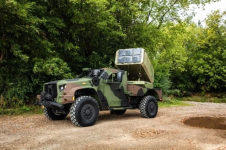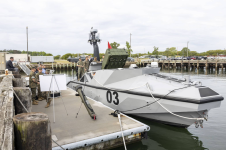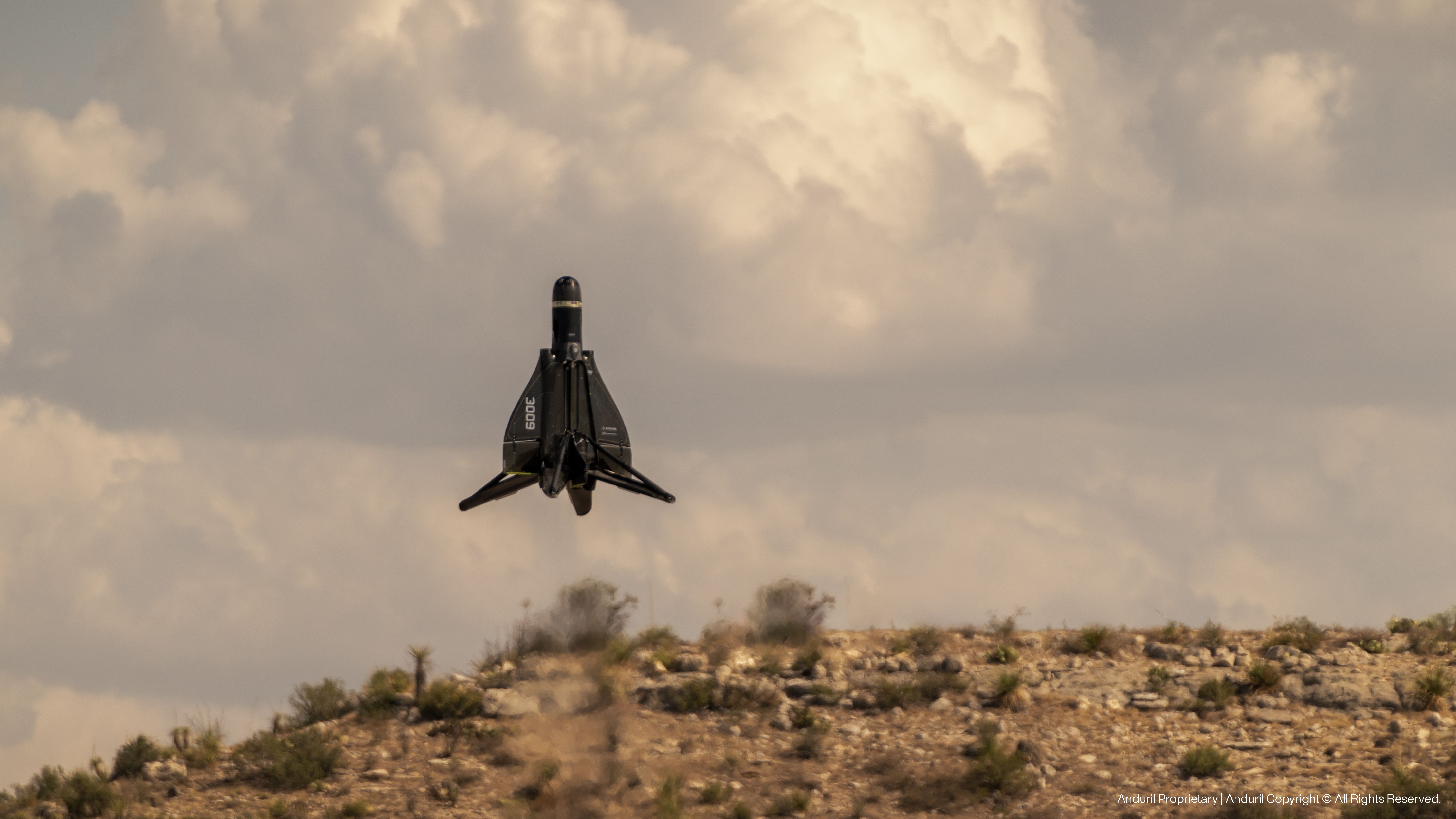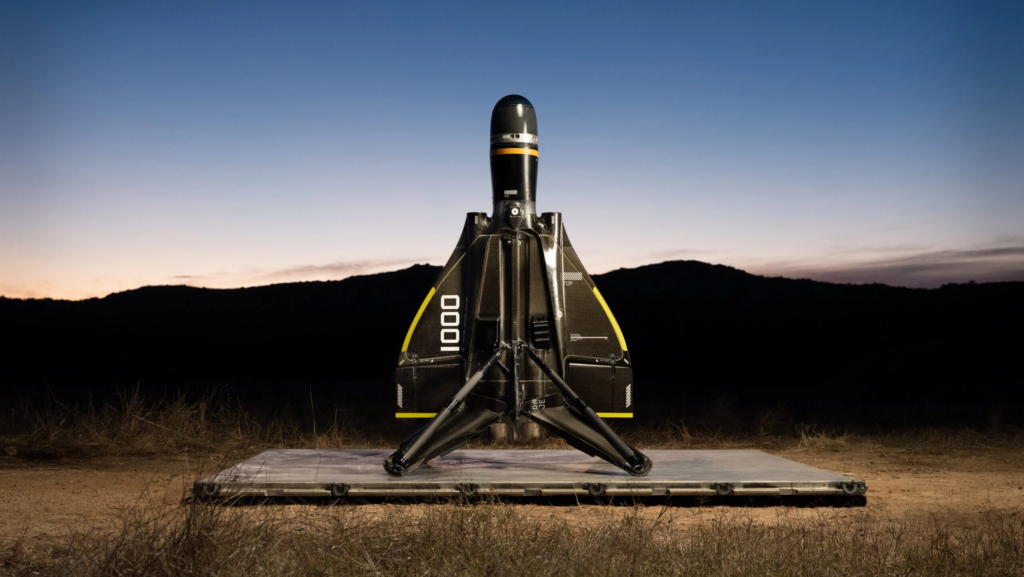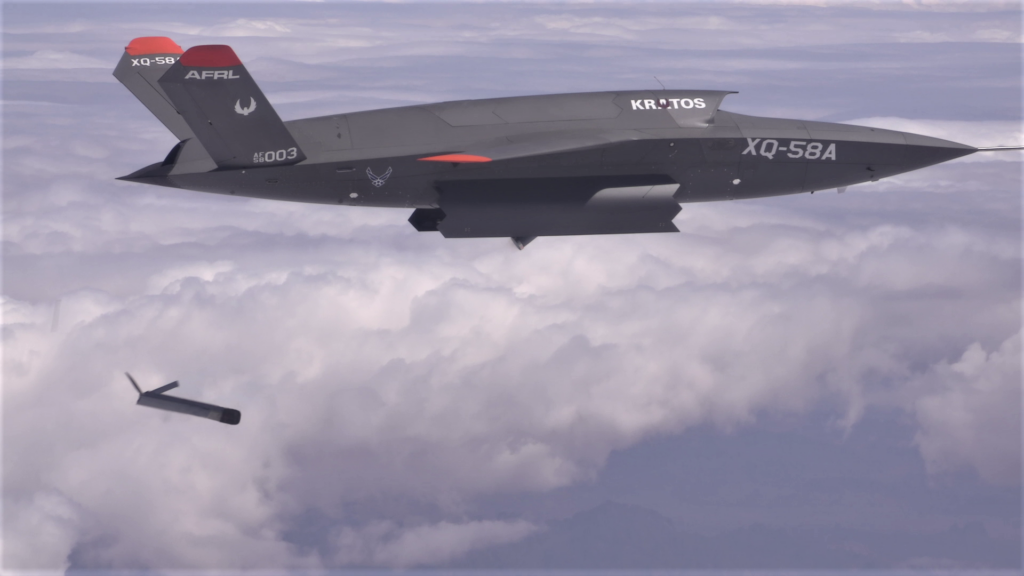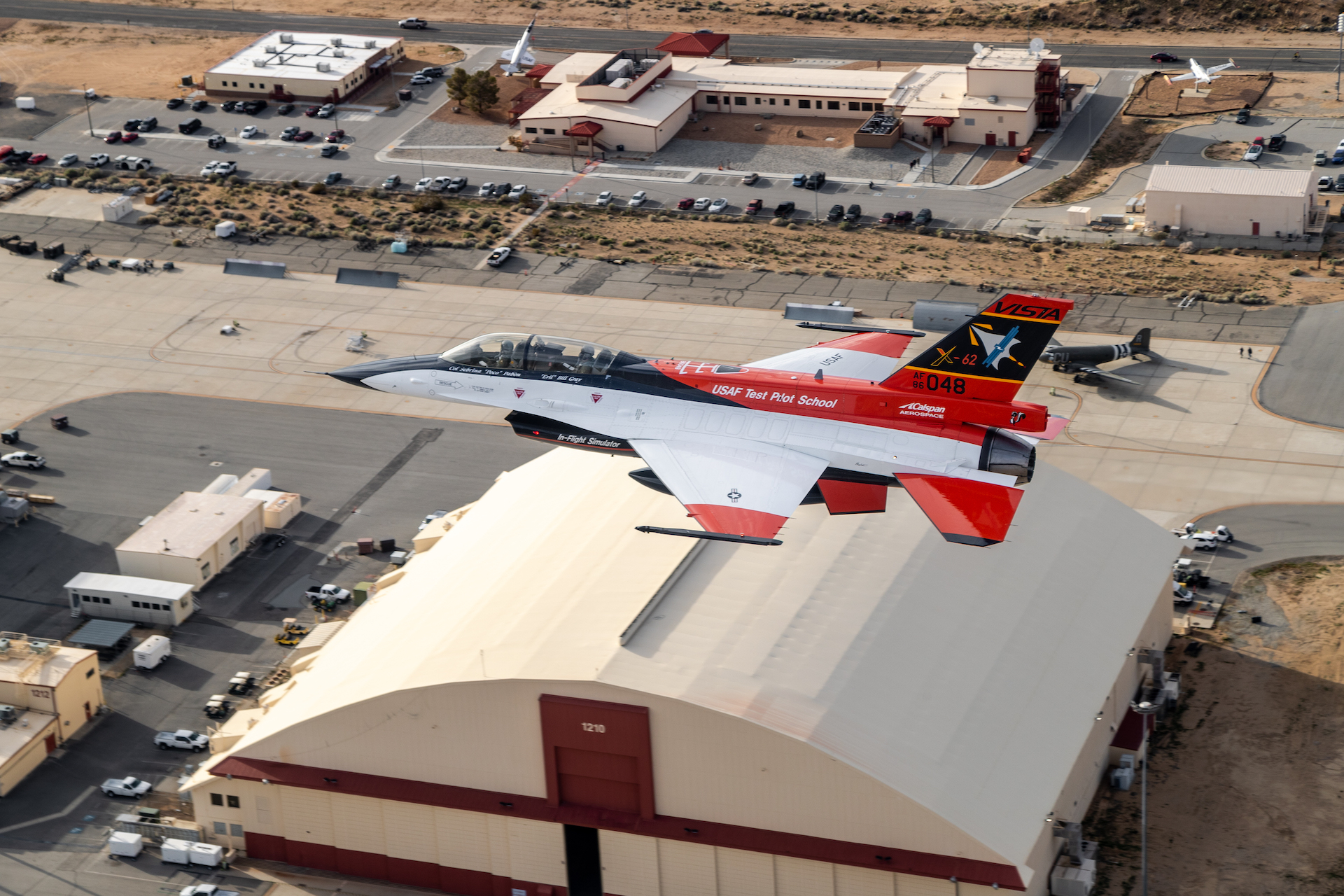- Reaction score
- 9,568
- Points
- 1,160
And the role of AI -

 www.nextgov.com
www.nextgov.com

 www.nextgov.com
www.nextgov.com

AI in defense turns potential into reality

Human operators must be held accountable for AI’s use in conflicts, Air Force secretary says
The Pentagon needs “to find a way to hold people accountable” for what artificial intelligence technologies do in future conflicts, according to Air Force Secretary Frank Kendall.


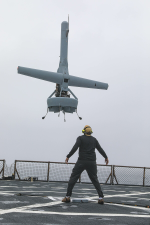
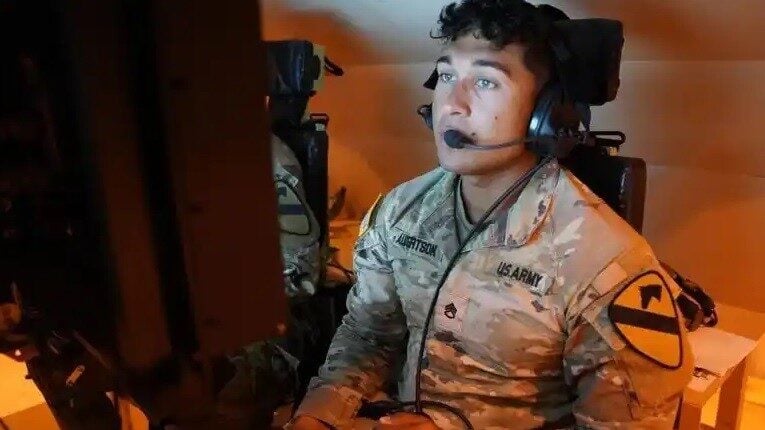
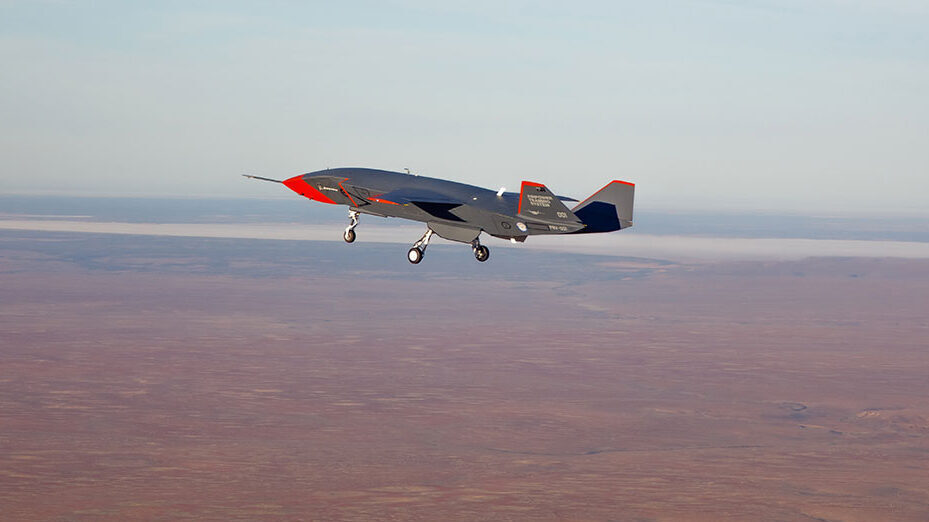
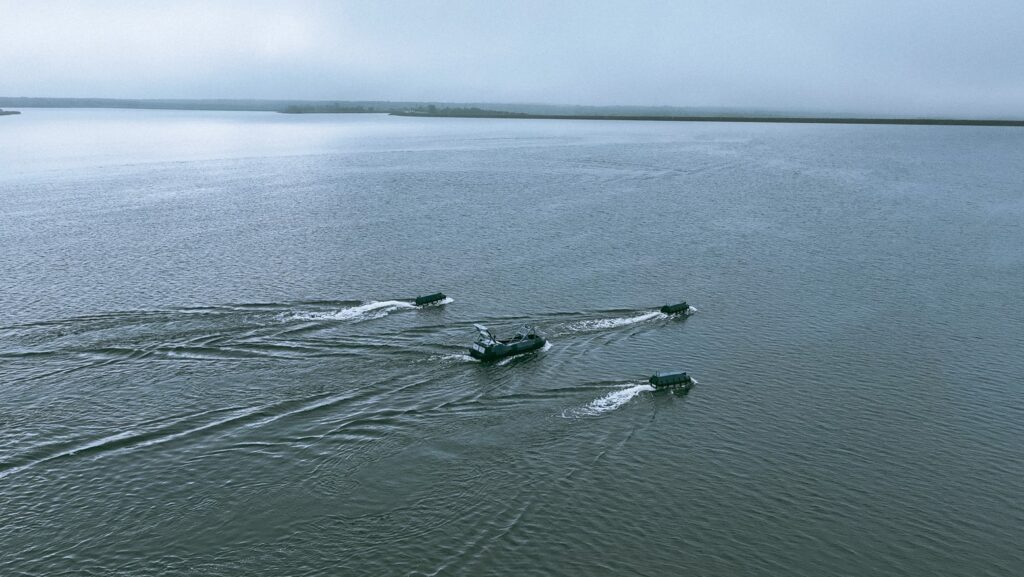


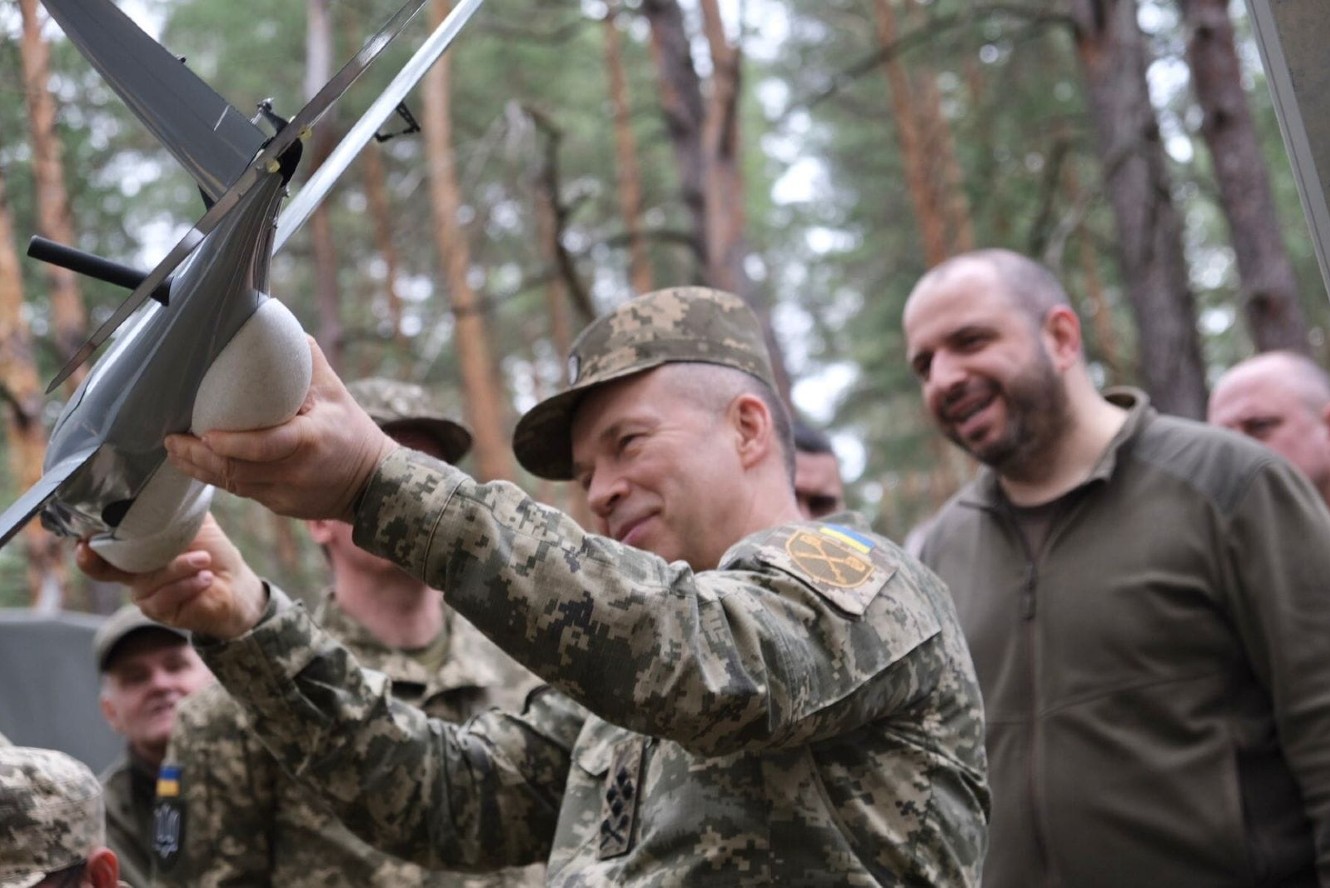


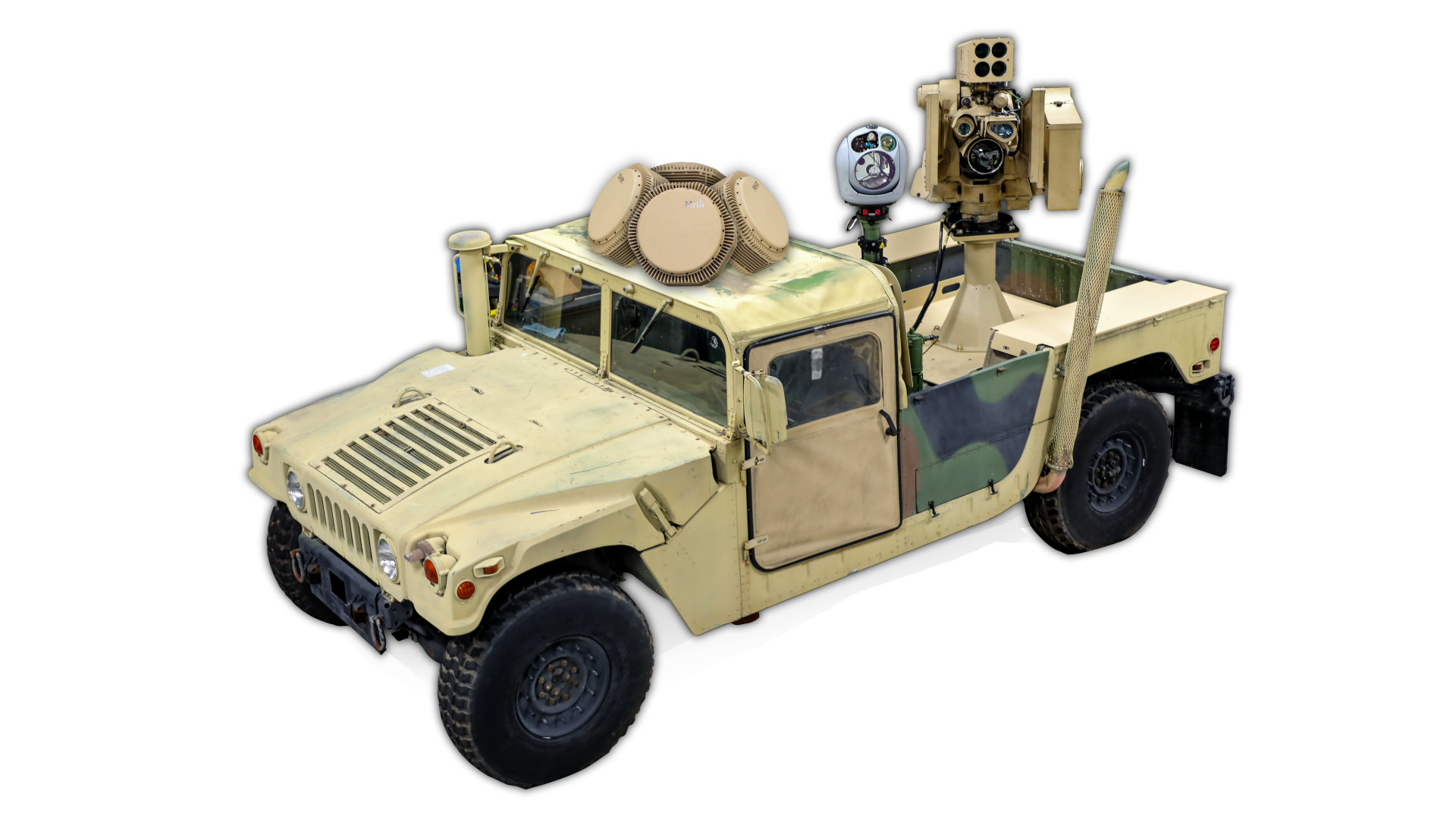
:quality(70)/cloudfront-us-east-1.images.arcpublishing.com/archetype/4JHSYLXPSJANZGAIK2QNUDHZ7I.jpg)

